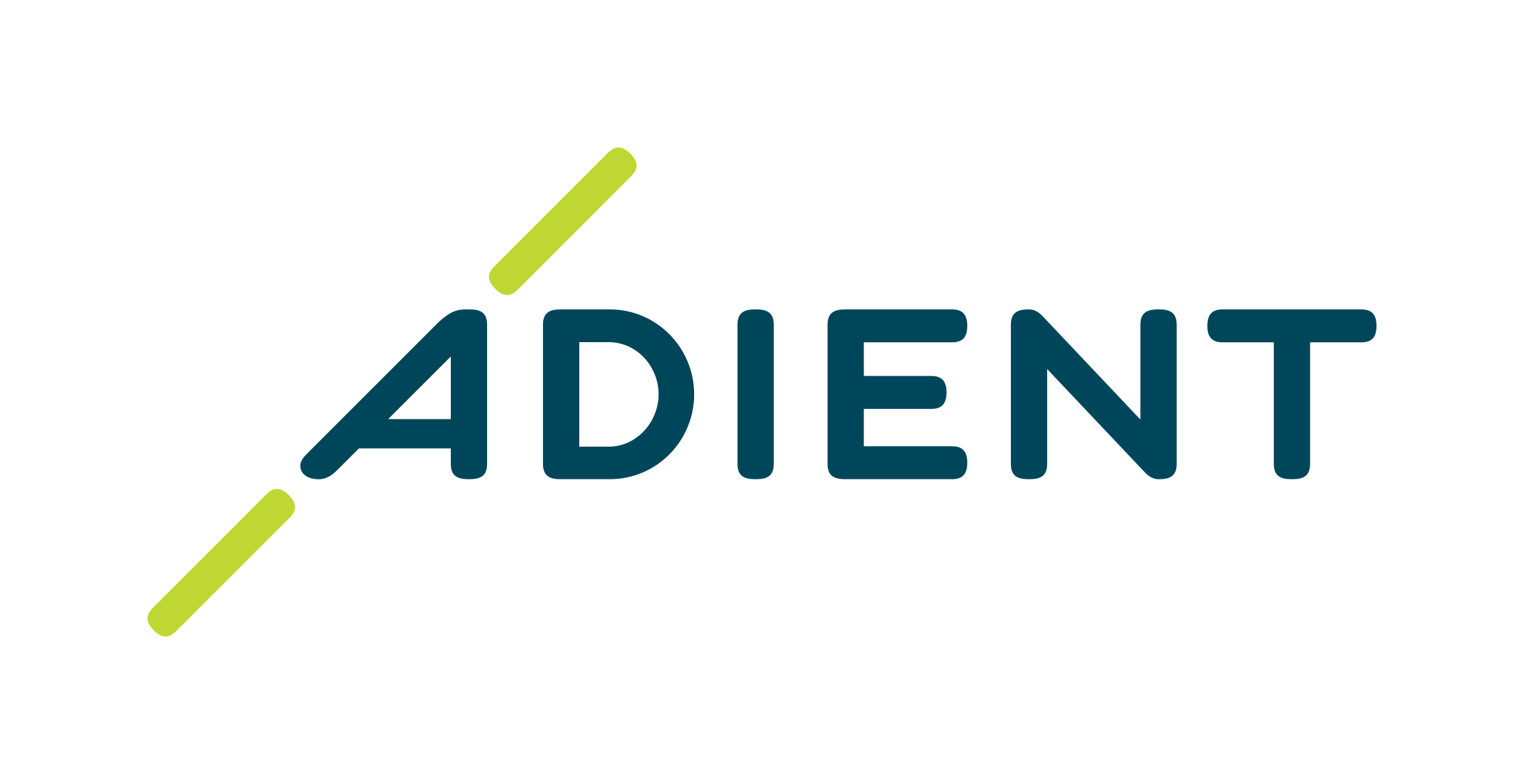- Home
- Customization Cases
- HEAD Products
- HOT
- Service&Support
- Success Cases
- Applications
- About Us
- Contact Us
- All
- Product Name
- Product Keyword
- Product Model
- Product Summary
- Product Description
- Multi Field Search
Views: 0 Author: Site Editor Publish Time: 2025-06-10 Origin: Site


Introduction
In the landscape of modern manufacturing, efficiency and precision are paramount. Industries are continuously seeking innovative solutions to optimize production processes and enhance quality control. This article delves into how integrating robotic waterjet cutting systems with barcode-driven automation can dramatically improve weld inspection efficiency, potentially by as much as 300%. We'll explore the underlying technology, practical benefits, and real-world applications that make this a transformative approach for quality assurance.
The Power of Robotic Waterjet Cutting in Manufacturing
For years, robotic systems have been instrumental in waterjet cutting applications. Their ability to execute complex geometries and high-precision cuts far surpasses manual methods. The true advantage, however, lies in offline programming. Traditional "teach pendant" programming for intricate parts can consume days, monopolizing valuable robot cell time. Solutions like FAMOS robotic® circumvent this by allowing all cutting programs to be developed comfortably, safely, and swiftly on a PC. The robot cell is then solely utilized for calibrating the real work object's positions, drastically increasing cell availability for production.
Key Benefits of Offline Programming for Waterjet Systems:
Maximized Cell Availability: By shifting programming tasks offline, the robot cell remains free for production, boosting throughput.
Enhanced Precision and Accuracy: Programs are generated in the native coordinate system of the 3D CAD model, based on the very models used for manufacturing the waterjet fixture. This allows for a 1:1 transfer of inspection records from a coordinate measuring machine directly to the cutting programs, ensuring unparalleled accuracy.
Improved Labor Conditions: Programmers can work in a safer and more ergonomic environment, reducing the physical strain and risks associated with on-site robot teaching.
Streamlined Collaboration: The visual representation of the waterjet fixture facilitates easier discussions and project reviews with colleagues, customers, and suppliers, fostering a more collaborative development process.
Barcode-Driven Automation: The Catalyst for Efficiency
The integration of barcode programming elevates the robotic waterjet system from an efficient cutting tool to a highly automated inspection accelerator. Here's how it works:
Unique Part Identification: Each manufactured part is assigned a unique barcode, containing vital information such as part number, revision, batch ID, and critical weld locations.
Automated Program Retrieval: When a part enters the inspection cell, a scanner reads its barcode. This triggers the automatic retrieval of the corresponding inspection program from a central database. This program is pre-defined with the precise waterjet paths required to expose specific weld areas for inspection, or to perform a precise cut for destructive testing.
Dynamic Path Generation (or Selection): For highly complex parts or those with variations, the barcode data can even dynamically generate or select a customized waterjet cutting path, ensuring only the necessary material is removed to expose the weld for optimal inspection.
Robotic Execution: The robotic arm, guided by the retrieved program, precisely maneuvers the waterjet nozzle to perform the necessary cuts or preparations for weld inspection. This can include:
Creating small, precise openings to allow visual inspection of internal welds.
Performing controlled sectioning for metallurgical analysis of a weld.
Removing surrounding material to enhance accessibility for other non-destructive testing methods (e.g., ultrasonic testing).

How This System Boosts Weld Inspection Efficiency by 300%
The dramatic increase in efficiency stems from several factors:
Elimination of Manual Setup: Traditional weld inspection often involves significant manual preparation, such as grinding or sawing, to expose the weld. Barcode automation eliminates this time-consuming step.
Reduced Human Error: Automated program retrieval and robotic execution drastically reduce the potential for human error in selecting the wrong inspection procedure or misaligning the cutting tool.
Optimized Material Removal: The precision of robotic waterjet cutting ensures that only the minimum necessary material is removed to expose the weld, preserving the part's integrity and reducing waste.
Faster Throughput: The entire process, from part identification to waterjet preparation, is automated and significantly faster than manual methods, leading to a substantial increase in the number of parts that can be inspected within a given timeframe.
Enhanced Data Traceability: The barcode system creates a robust audit trail, linking each inspection event to a specific part, program, and outcome, crucial for quality assurance and compliance.
Advanced Features for Superior Performance
Modern robotic waterjet systems offer features that further enhance their utility in weld inspection:
Circular Geometry Recognition: Automatic recognition of circular geometries, generating "MoveC" (circular) movement commands for efficient and accurate circular cuts.
"CutL"-commands Support: Support for specific robot commands, such as "CutL" for ABB robots, ensuring seamless integration and optimized cutting paths.
Adjustable Nozzle Distance and Setting Angle: Easy adjustment of the water jet nozzle distance to the surface by parameters, and arbitrary adjustment of the tooling's setting angle along the cutting outline, offering unparalleled flexibility.
In/Out Motion and Overlap Enforcement: The system can manage in/out motions and enforce an overlap of cutting outlines, ensuring complete and clean cuts.
Visualization of Water Beam: Real-time visualization of the water beam aids in monitoring the project and validating the cutting path before execution.
Conclusion
The convergence of robotic waterjet cutting and barcode-driven automation presents a powerful paradigm shift in weld inspection efficiency. By streamlining preparation, minimizing human intervention, and leveraging precise robotic execution, manufacturers can achieve unprecedented levels of productivity and quality control. This integrated approach not only elevates weld inspection efficiency by an astounding 300% but also contributes to safer labor conditions, enhanced data traceability, and ultimately, a superior final product. Investing in such advanced automation is not just about cutting costs; it's about building a future of manufacturing where precision, speed, and quality are seamlessly integrated.
content is empty!